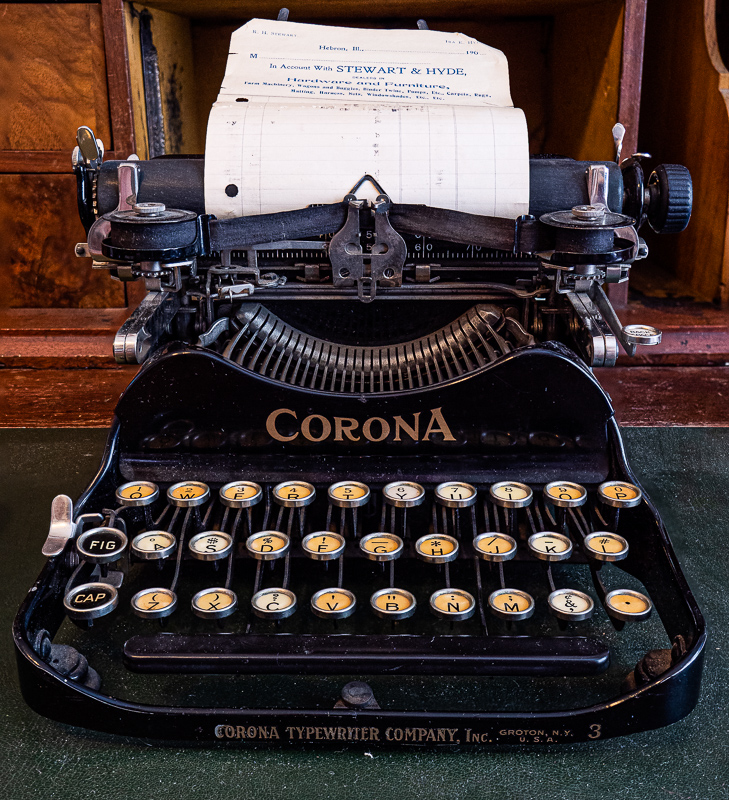Every Picture Is a Compromise
Lessons from the Also-rans
Most photography websites show the photographer's very best work. Wonderful. But that's not the full story of a creative life. If we want to learn, we'd better pay attention to the images that aren't "greatest hits" and see what lessons they have to offer. Every picture is a compromise — the sum of its parts, optical, technical, visual, emotional, and even cosmic – well, maybe not cosmic, but sometimes spiritual. Success on all fronts is rare. It's ok to learn from those that are not our best.
This is a series about my also-rans, some of which I've been able to improve at bit (i.e., "best effort"), none of which I would consider my best. With each there are lessons worth sharing, so I will.

Previous image | Next image |
Original digital capture

New Tools Week
How are we not continually amazed at the new processing tools that make possible images that were impossible to earlier technologies? This week will feature five digital tools that salvage what otherwise would be a total loss: Focus Stacking, Super Resolution, DeNoise, Color Mixer, and Stitching
The Tool:
Focus stacking is a technique that involves taking multiple images (best done with a tripod) that each focus on a different depth.
What I don't like in the capture:
There is nothing wrong with the image above and its shallow depth of field. In fact, some photographers might prefer that rendition. I wanted the text on the typed page to be in focus as well as the typewriter keys.
What I used:
For this image, I made eight exposures, each one focused a little farther than the previous one. (My camera will do this automatically with one press of the shutter release.) These eight exposures were ported from Lightroom to Photoshop as layers. I then used the Photoshop merge tool to create the fully focused image at left. I have a Photoshop action that first aligns all the layers, then merges them choosing the sharpest image for each section of the image.
Comments:
I use this technique so often now that I never hesitate if I want all areas of the image to be sharp. I'll do this even if I have stopped down to f/8 or f/11. If I'm close to the subject, I'll especially need to use focus stacking because decreasing focal distance tends to make a shallow depth of field. In my view camera days, I could accomplish this with tilts and swings, but here in the digital age, focus stacking is the best answer. |
|


